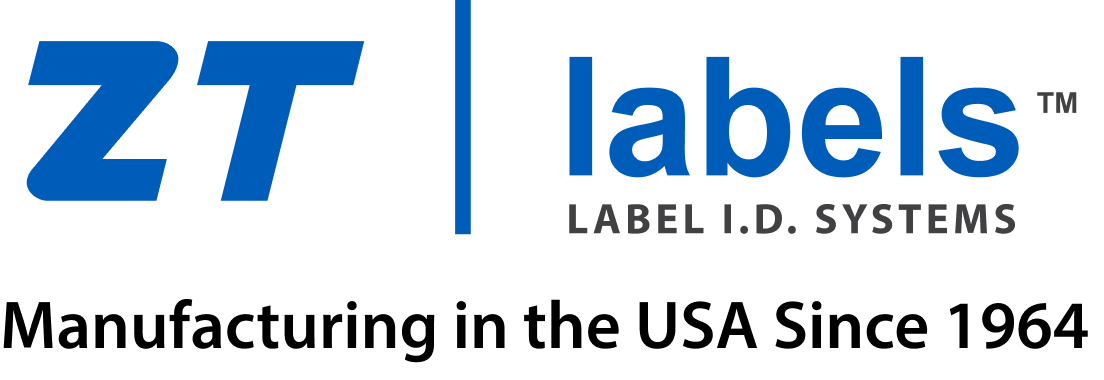Brand identification has evolved dramatically over centuries, transitioning from simple marks used by ancient craftsmen to the sophisticated, multi-layered labels of today. This evolution reflects the growing complexity of commerce and the increasing need to distinguish products in an ever-competitive market.
- Ancient Trade Marks: Origins of Brand Identity
- Early Beginnings: The earliest forms of brand identification date back thousands of years. Artisans in ancient civilizations like Egypt, Greece, and Rome used unique marks to signify the quality and craftsmanship of their goods.
-
Craftsmanship & Trust: These marks were stamped onto pottery, textiles, and metalwork, serving both as a guarantee of origin and a symbol of trust for potential buyers.
- The Rise of Trademarks in the Industrial Age
- Industrial Revolution: The advent of mass production during the Industrial Revolution introduced new challenges for brand identification.
- Trademarks: To stand out in the crowded market, companies began using legally protected symbols or words—modern trademarks—to represent their brands.
-
Consumer Trust: Trademarks helped ensure products were not mistaken for competitors' goods and fostered consumer trust by offering a recognizable guarantee of quality.
-
Evolution into Modern Labels

- 20th Century Shift: By the 20th century, branding had grown beyond simple logos. Labels became central to conveying a product’s identity, quality, and safety.
- Advances in Technology: Improved printing technologies allowed labels to display more information, including:
- Nutritional content
- Usage instructions
- Ingredient lists
- Regulatory certifications
-
Design Elements: Labels began to include distinctive design features like color schemes, typography, and imagery, which helped attract and retain consumer interest.
- The Role of Labels in the Digital Age
- Beyond Identification: Modern labels do more than identify a brand. They communicate values like sustainability, ethical sourcing, and transparency.
- Globalization & Compliance: With globalization, labels must now be multilingual, culturally adaptable, and compliant with various regulations across different markets.
-
Digital Engagement: Many labels include QR codes, allowing consumers to interact with brands digitally, accessing further product information and promotional content.
- The Future of Brand Identification
- Interactive Labels: As we move into the future, labels are becoming increasingly interactive and personalized, often embedded with NFC (Near Field Communication) or RFID (Radio Frequency Identification) technology.
- Smart Labels: These innovations allow consumers to access real-time information, from a product’s supply chain to its authenticity.
-
Bridging Gaps: Labels are evolving into essential tools that bridge the gap between brands and consumers, offering insights that go far beyond simple identification.
From ancient craftsmanship to tech-driven branding, the evolution of labels highlights their importance in shaping how products—and the companies behind them—are perceived. In today’s competitive marketplace, labels remain one of the most powerful tools for building brand identity and trust.
Contact ZT Labels today.



